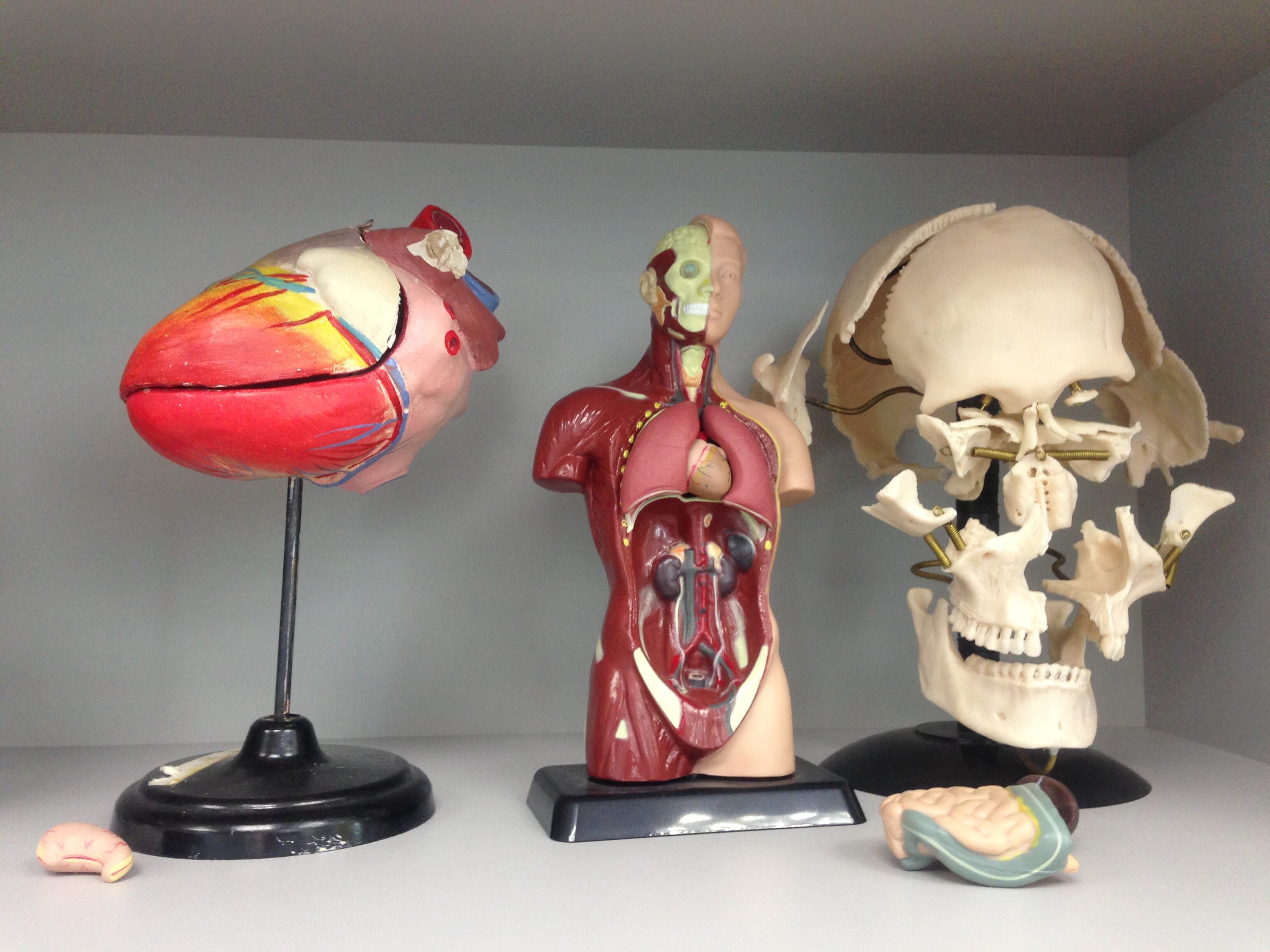|
Xanthelasma Palpebrarum
Xanthelasma is a sharply demarcated yellowish deposit of cholesterol underneath the skin. It usually occurs on or around the eyelids (''xanthelasma palpebrarum'', abbreviated XP). While they are neither harmful to the skin nor painful, these minor growths may be disfiguring and can be removed. There is a growing body of evidence for the association between xanthelasma deposits and blood low-density lipoprotein levels and increased risk of atherosclerosis. A xanthelasma may be referred to as a xanthoma when becoming larger and nodular, assuming tumorous proportions. Xanthelasma is often classified simply as a subtype of xanthoma. Diagnosis Xanthelasma in the form of XP can be diagnosed from clinical impression, although in some cases it may need to be distinguished ( differential diagnosis) from other conditions, especially necrobiotic xanthogranuloma, syringoma, palpebral sarcoidosis, sebaceous hyperplasia, Erdheim–Chester disease, lipoid proteinosis (Urbach–Wiethe diseas ... [...More Info...] [...Related Items...] OR: [Wikipedia] [Google] [Baidu] |
Cholesterol
Cholesterol is any of a class of certain organic molecules called lipids. It is a sterol (or modified steroid), a type of lipid. Cholesterol is biosynthesized by all animal cells and is an essential structural component of animal cell membranes. When chemically isolated, it is a yellowish crystalline solid. Cholesterol also serves as a precursor for the biosynthesis of steroid hormones, bile acid and vitamin D. Cholesterol is the principal sterol synthesized by all animals. In vertebrates, hepatic cells typically produce the greatest amounts. It is absent among prokaryotes (bacteria and archaea), although there are some exceptions, such as '' Mycoplasma'', which require cholesterol for growth. François Poulletier de la Salle first identified cholesterol in solid form in gallstones in 1769. However, it was not until 1815 that chemist Michel Eugène Chevreul named the compound "cholesterine". Etymology The word "cholesterol" comes from the Ancient Greek ''chole- ... [...More Info...] [...Related Items...] OR: [Wikipedia] [Google] [Baidu] |
Biopsy
A biopsy is a medical test commonly performed by a surgeon, interventional radiologist, or an interventional cardiologist. The process involves extraction of sample cells or tissues for examination to determine the presence or extent of a disease. The tissue is then fixed, dehydrated, embedded, sectioned, stained and mounted before it is generally examined under a microscope by a pathologist; it may also be analyzed chemically. When an entire lump or suspicious area is removed, the procedure is called an excisional biopsy. An incisional biopsy or core biopsy samples a portion of the abnormal tissue without attempting to remove the entire lesion or tumor. When a sample of tissue or fluid is removed with a needle in such a way that cells are removed without preserving the histological architecture of the tissue cells, the procedure is called a needle aspiration biopsy. Biopsies are most commonly performed for insight into possible cancerous or inflammatory conditions. H ... [...More Info...] [...Related Items...] OR: [Wikipedia] [Google] [Baidu] |
Human Appearance
Human physical appearance is the outward phenotype or look of human beings. There are infinite variations in human phenotypes, though society reduces the variability to distinct categories. The physical appearance of humans, in particular those attributes which regarded as important for physical attractiveness, are believed by anthropologists to affect the development of personality significantly and social relations. Humans are acutely sensitive to their physical appearance. Some differences in human appearance are genetic, others are the result of age, lifestyle or disease, and many are the result of personal adornment. Some people have linked some differences with ethnicity, such as skeletal shape, prognathism or elongated stride. Different cultures place different degrees of emphasis on physical appearance and its importance to social status and other phenomena. Aspects Various aspects are considered relevant to the physical appearance of humans. Physiological diffe ... [...More Info...] [...Related Items...] OR: [Wikipedia] [Google] [Baidu] |
List Of Xanthoma Variants Associated With Hyperlipoproteinemia Subtypes
When the cholesterol levels in the body rise above the normal level, a number of skin lesions can occur. Xanthomas are one of types of skin lesions that may occur in this situation. Other systemic conditions may also occur with increased levels of cholesterol in the blood. See also *List of cutaneous conditions *List of contact allergens * List of cutaneous conditions associated with increased risk of nonmelanoma skin cancer * List of cutaneous conditions associated with internal malignancy *List of cutaneous conditions caused by mutations in keratins *List of cutaneous conditions caused by problems with junctional proteins *List of dental abnormalities associated with cutaneous conditions *List of genes mutated in cutaneous conditions *List of histologic stains that aid in diagnosis of cutaneous conditions *List of immunofluorescence findings for autoimmune bullous conditions *List of inclusion bodies that aid in diagnosis of cutaneous conditions *List of keratins expre ... [...More Info...] [...Related Items...] OR: [Wikipedia] [Google] [Baidu] |
Xanthoma
A xanthoma (pl. xanthomas or xanthomata) (condition: xanthomatosis) is a deposition of yellowish cholesterol-rich material that can appear anywhere in the body in various disease states. They are cutaneous manifestations of lipidosis in which lipids accumulate in large foam cells within the skin. They are associated with hyperlipidemias, both primary and secondary types. Tendon xanthomas are associated with type II hyperlipidemia, chronic biliary tract obstruction, primary biliary cirrhosis, sitosterolemia and the rare metabolic disease cerebrotendineous xanthomatosis. Palmar xanthomata and tuberoeruptive xanthomata (over knees and elbows) occur in type III hyperlipidemia. Etymology The term xanthoma stems from Greek ξανθός (xanthós) 'yellow', and -ωμα -oma, a suffix forming nouns indicating a mass or tumor. Types Xanthelasma A xanthelasma is a sharply demarcated yellowish collection of cholesterol underneath the skin, usually on or around the eyelids. Strictly, ... [...More Info...] [...Related Items...] OR: [Wikipedia] [Google] [Baidu] |




